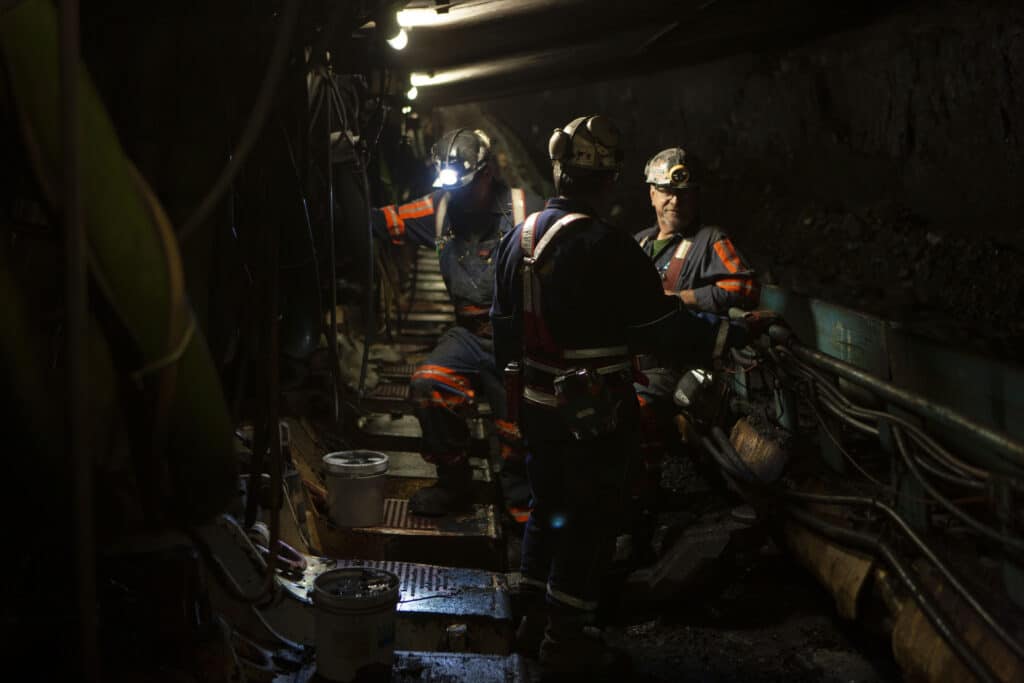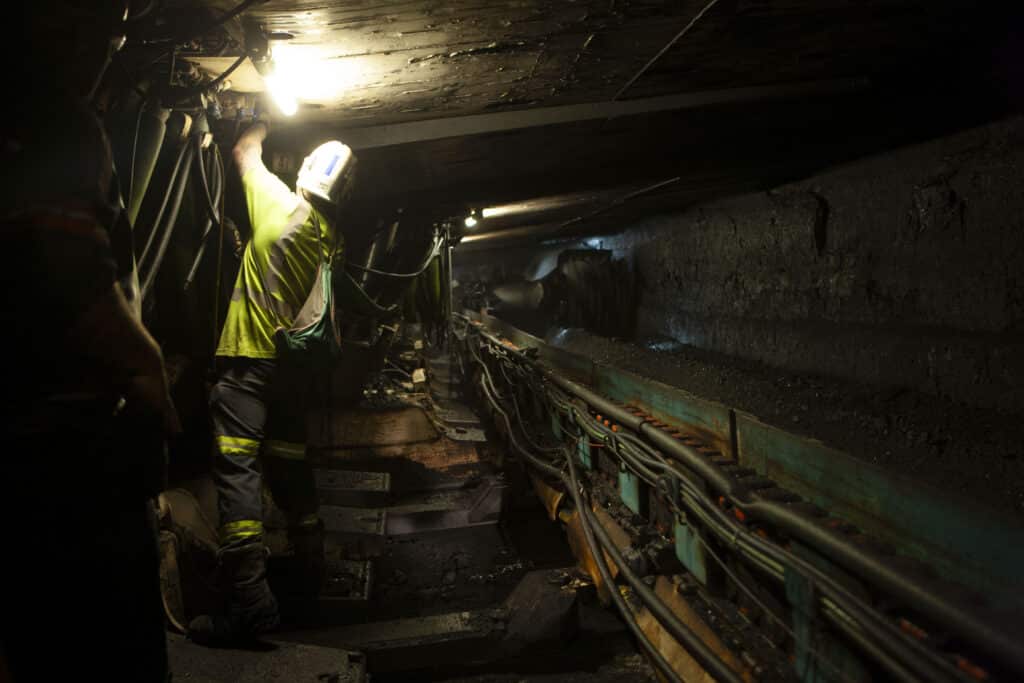Equipment commissioning is the process of ensuring that all systems and components of an HBT longwall system are designed, installed, tested, operated, and maintained according to the operational requirements of the owning mine.
FOLLOW-UP AND MAINTENANCE
After successful equipment installation, HBT take proactive measures to ensure it functions properly over the long term. This includes comprehensive follow-up and maintenance steps, such as:
- Ongoing maintenance and support of the equipment
- Scheduled check-ins to verify equipment is functioning properly
- Identification and resolution of any issues that arise in the future
Completing regular check-ups and cleaning and replacing worn or damaged parts are important steps in keeping the equipment running smoothly for as long as possible.











